Improvised TECC/TCCC Based on Medical Literature (Not the Good Idea Fairy)
Online, self-paced, begin immediately
We do not go over priorities of care or the basics: this course is for students already familiar with the TECC/TCCC guidelines.
Prior Crisis Medicine courses have shown you what you want to use to manage casualties in high-risk environments. This course will show you what you might be able to use when you have to.
This course covers the published medical literature on providing lifesaving interventions for a trauma casualty in a high-risk environment using improvised techniques. We won’t discuss priorities of care as that has been laid out clearly in the TECC / TCCC guidelines. If you aren’t extremely comfortable providing those lifesaving interventions with purpose-designed and built equipment, you’ll have great difficulty doing those interventions with sub-optimal improvised materials.
If you’re looking for a wiz-bang, tried-it-once-at-bandcamp, we’d direct you to social media. If you want to know which improvised techniques have science and medical literature to back them up, showing both proof of concept and efficacy, this course is for you.
Often, there is very little published evidence to draw from for these techniques. Some improvised techniques have surprisingly robust literature supporting them. Others only one or two articles providing proof of concept. Some story about a wild technique that worked once, maybe, isn’t evidence; it’s an anecdote. We will only present techniques that have some medical “proof of concept” that the technique might work.
Why use improvised materials at all?
Eventually you could find yourself in a situation when you will not have the supplies that you would prefer to use to treat a casualty.
- In an MCI, you could have depleted all of your equipment.
- You may find yourself in a location that you do not have your usual gear. It might not be allowed.
- Placing a tourniquet on a wounded casualty before they are in shock has a 20-fold greater survival than waiting for someone to arrive with commercial equipment and putting that on after they’re in shock.
- There is literature showing 80% of combat fatalities died within 10-minutes of wounding: waiting for someone to arrive with the equipment you want to use may result in watching your casualty die.
Some Subjects Covered:
- What percentage of prehospital tourniquets that are being applied in the US are improvised or expedient?
- What is EMS doing when they come across an improvised/expedient tourniquet?
- Are belts really a reasonable choice as an improvised tourniquet?
- The cravat-windlass style tourniquet has been around for over a century. Is there any evidence it actually works?
- Improvised tourniquets are viewed as more dangerous than commercial tourniquets. Is there any evidence to support that?
- Are there other ways to control massive hemorrhage without equipment that actually works?
- Improvised pelvic binders are often suggested. Is there one that works better than another? By NATO doctrine, damage control surgery is supposed to occur within 2 hours of wounding: do any pelvic binders work for that length of time?
- The recovery position is often talked about, but does it make a difference to the casualty’s airway?
- Can you really use a pen for a surgical airway, or is that just something from TV?
- The age-old “three-sided occlusive dressing” made from plastic packaging taught to EMS for decades doesn’t work. It’s been studied.
- Is a finger thoracotomy a viable option for decompression of tension pneumothorax? What are the complication rates?
- The traditional model that the presence of a radial pulse indicates a systolic blood pressure of at least 80 mmHg is based on what data?
Working through the MARCH mnemonic, we systematically go through studied techniques to provide an improvised option in every category.
Don’t just make something up, do something that might work.
 CAPCE Accredited Provider
CAPCE Accredited Provider
This CE activity is accredited for 6.5 Advanced CEH by Crisis Medicine, an organization accredited by the Commission on Accreditation for Prehospital Continuing Education.
Students have 3 months from purchase date to complete the course.
Course Features
- Lectures 43
- Quizzes 5
- Duration 6.5 hours
- Skill level Intermediate
- Language English
- Students 126
- Certificate Yes
- Assessments Yes
Target audiences
- Students with existing TECC/TCCC familiarization
Leave A Reply
You must be logged in to post a comment.

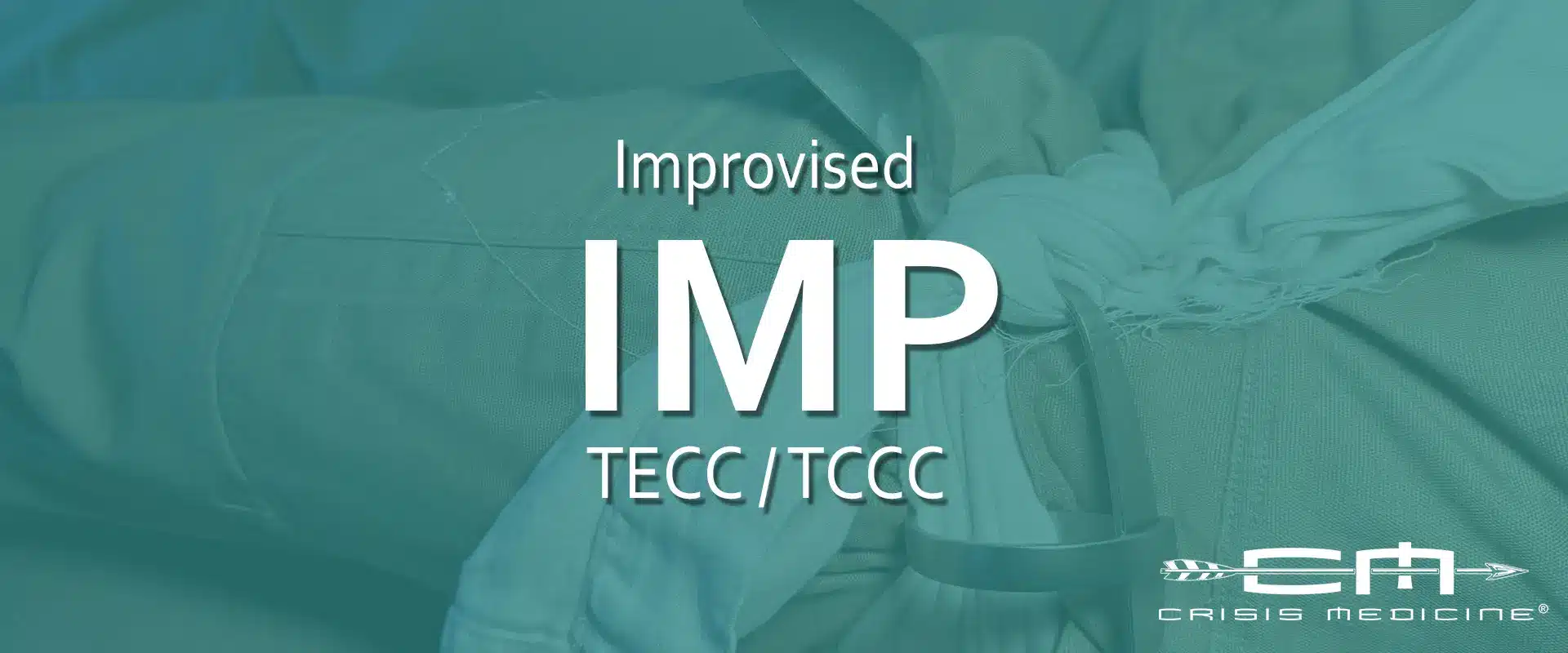
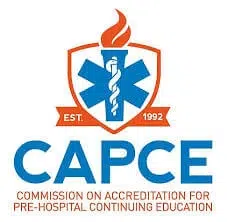
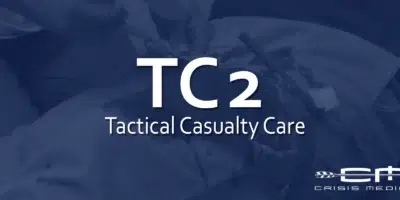
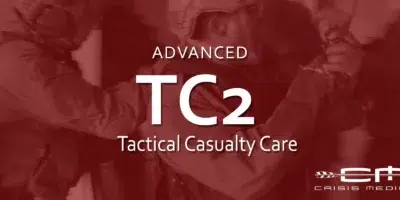
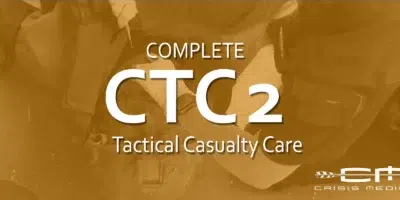
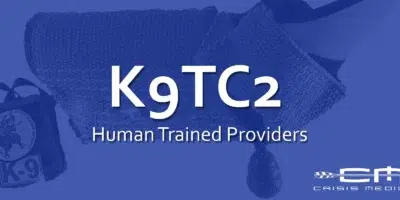
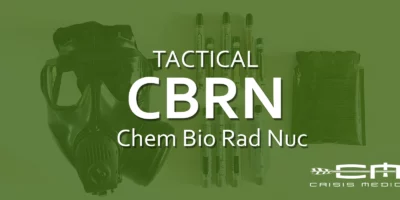
2 Comments
CM’s courses are thorough, yet concise. Language is objective and delivery is clear, to-the-point. Instruction is professional, yet totally accessible to laymen, even for non-native English speakers. Customer support is also top-notch (thanks so much, Mrs. Shertz!). It was my 5th course and I will soon be back for more. Thanks and please keep more material coming. Congrats.
Great course!
I was trained as a TC2 first responder myself and am now providing basic first responder courses for (humanitarian) volunteers and rescue workers in Ukraine together with former SF medics. We frequently get the question: “what to do you when you run out of materials, or just don’t have them?” This course provides very useful knowledge and skills to further enhance my personal readiness for when SHTF, but also for our students to practice how to improvise and use materials ready at hand. But also to debunk several myths once and for all.